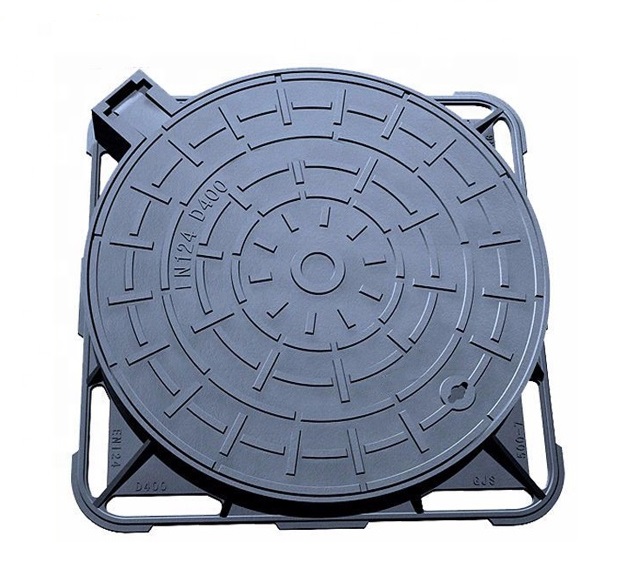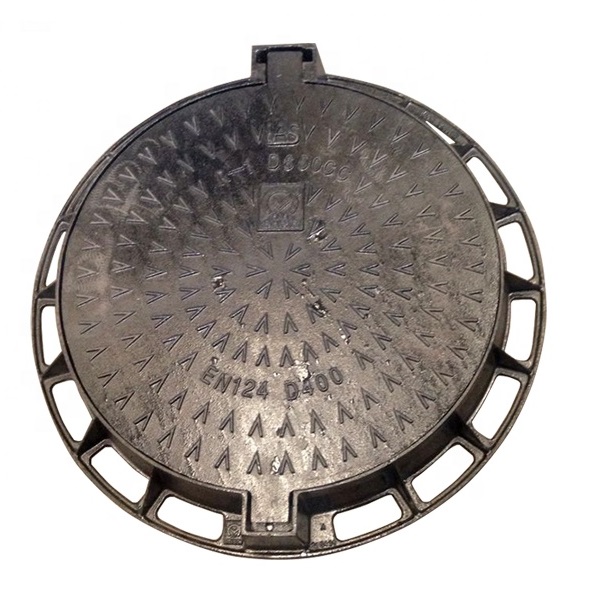**Abstract**
In 2012, the non-ferrous metal industry operated in a complex and ever-changing domestic and international economic environment. The sector adhered to the strategic direction set by the Party Central Committee and the State Council, focusing on steady progress and industrial transformation. Despite challenges, the industry showed signs of stabilization and growth, particularly in production volumes. Looking ahead to 2013, the outlook remains cautiously optimistic, with expectations of moderate growth driven by policy support and improved market conditions.
**Industry Operations in 2012**
**(1) Production Growth Slows Down**
From January to December, the output of ten major non-ferrous metals reached 36.91 million tons, reflecting a 9.3% year-on-year increase. However, this growth rate declined by 1.3 percentage points compared to the previous year. Notably, refined copper, primary aluminum, lead, and zinc saw varying performances—copper and aluminum production rose significantly, while zinc output declined. Meanwhile, processed materials such as copper and aluminum also experienced growth, though at lower rates than before. The production of metal concentrates remained strong, with a 17.4% increase in the output of six key metals.
**(2) Revenue Increases, but Profit Declines**
Non-ferrous metal enterprises achieved a main business revenue of 4.137 trillion yuan, up 15.1% from the previous year. However, profits fell sharply, decreasing by 8.9%. Mining and smelting sectors were hit hard, with aluminum smelting suffering the most, dropping by 92.7%. On the other hand, rolling processing companies saw a 12.9% profit increase, with both copper and aluminum sectors showing positive results.
**(3) Prices Remain Low Throughout the Year**
Due to weak demand and oversupply, prices for non-ferrous metals remained low. The annual average price of domestic copper, aluminum, lead, and zinc was down 13.6%, 7.2%, 6.5%, and 9.9% respectively. International prices also dropped, with LME prices for copper, aluminum, lead, and zinc declining by 10.5%, 15.3%, 13.3%, and 11.2% year-on-year.
**(4) Investment Growth Slows, Smelting Projects Face Decline**
Fixed asset investment in the non-ferrous metal industry totaled 551.6 billion yuan, up 15.5% year-on-year. However, smelting investment decreased, while mining and processing saw higher growth. This shift reflects efforts to optimize industrial structure and promote sustainable development.
**(5) Trade Volume Grows, Exports Face Challenges**
Total import and export trade reached 166.4 billion U.S. dollars, an increase of 3.7%. Imports declined slightly, but raw material imports rose due to low international prices. Exports increased by 19.4%, but some product categories, like aluminum and zinc, saw declines due to weak external demand and trade barriers.
**(6) Technological Advancements Boost Efficiency**
Significant progress was made in technology and energy conservation. New processes and innovations, such as ultra-strength suspension copper smelting and advanced aluminum alloys, improved efficiency and reduced energy consumption. Energy use per ton of aluminum ingots dropped significantly, and overseas resource projects marked important steps in global expansion.
**Challenges in 2012**
Despite stable operations, several issues persisted. Overcapacity, especially in electrolytic aluminum, remained a major concern. Many companies relied on low-cost strategies, worsening market competition. Additionally, limited self-supplied resources and high production costs weakened competitiveness. Market demand shrank, and trade frictions intensified, with many countries launching anti-dumping investigations against Chinese exports. Weak innovation capabilities and structural imbalances also hindered long-term growth.
**Outlook for 2013**
In 2013, the global economy continued to adjust post-crisis, with slow recovery and ongoing uncertainties. Domestically, urbanization and government policies supported moderate growth in real estate and consumption. Exports are expected to stabilize, improving the operating environment for the non-ferrous metal industry. While production and investment may grow slightly, significant demand rebounds are unlikely. Prices will remain volatile, but improvements in liquidity and policy support could lead to better performance than 2012.
**Key Work for 2013**
To ensure smooth operations, the industry will focus on resolving overcapacity, especially in electrolytic aluminum. Strengthening access standards, accelerating the elimination of outdated facilities, and promoting technological innovation are critical. Encouraging overseas expansion, supporting research, and improving industry management will be essential for sustainable development. Legislation for rare metals and mid-term evaluations of the 12th Five-Year Plan will further guide the industry toward a more efficient and competitive future.
Ductile Manhole Cover is made of ductile; we make the manhole cover on BS EN124, Mainly our products are A15, B125, C250 and D400, sometimes also make it E600 and F900 in case of need. For A15, B125, C250 and D400 Cast Iron Manhole Cover to be used in Green belt, Pavement, Auxiliary road, Main road and Express way. We make Ductile Manhole Covers all by producing line, the quality of cast iron manhole cover is very good, and we warmly welcome customers all over the world to do business with us.


Manhole Cover,Ductile Manhole Cover,Iron Manhole Cover,cast iron manhole cover
Runchun Casting (Zhoushan) Co., Ltd. , https://www.en124casting.com